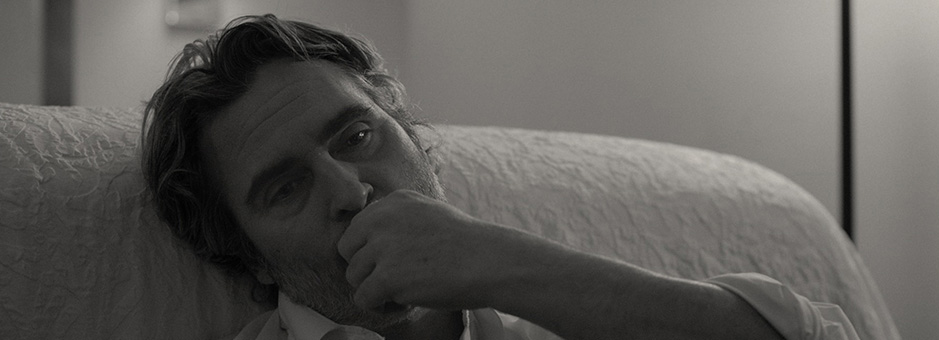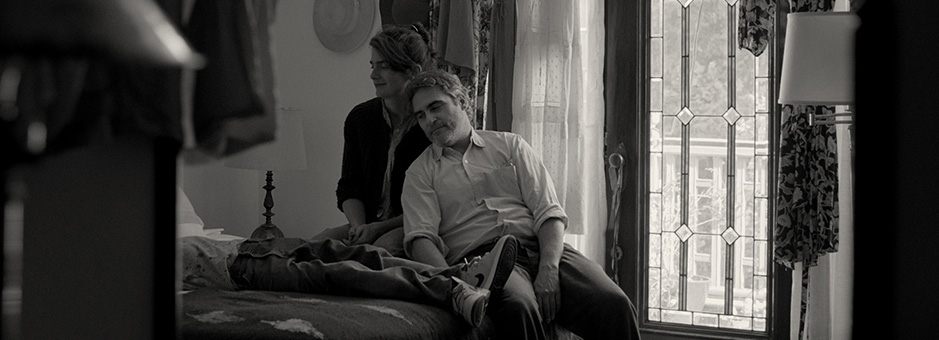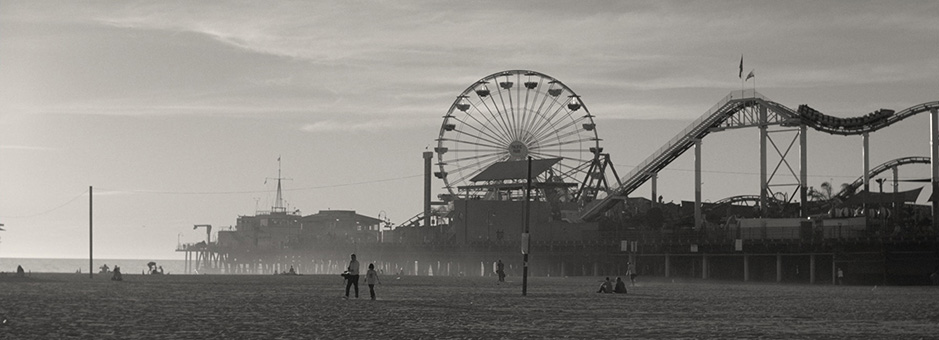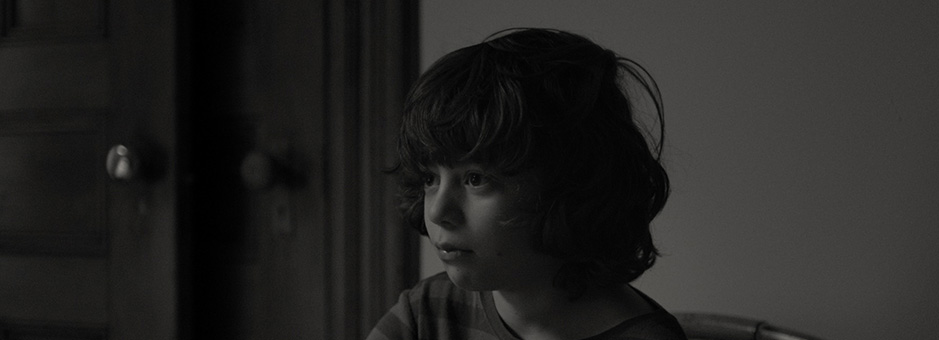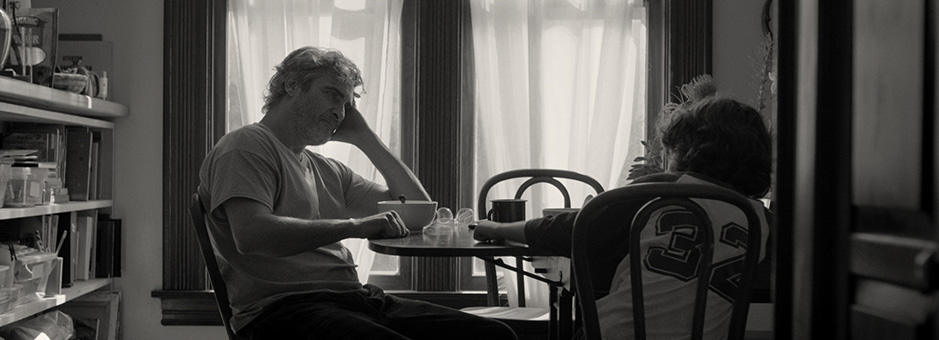Case Studies
Creative Director Mark Gethin takes us cross-country for C’mon C’mon
C’mon C’mon tells the story of a radio journalist who embarks on a cross-country trip with his energetic nephew to show him life away from Los Angeles. Directed by Mike Mills and starring Joaquin Phoenix, Gaby Hoffmann and Woody Norman, the film has received many plaudits and awards including the prestigious Golden Frog at the 2021 EnergaCAMERIMAGE festival.
Colourist and Creative Director at The Mill, Mark Gethin, tells us more about the process of grading this beautiful film.
How did you start your career in colour?
I got into colour many years ago at Rushes in London. I was lucky enough to get involved at a time when there wasn’t a huge interest in colour grading so I progressed through the ranks pretty quickly. I was promoted to colourist when I was in my early 20s and before digital took over, so everything was still shot on film. It was a great way to learn the craft.
You’ve already worked with director Mike Mills a few times; would you say you have a collaborative routine?
Mike and I have a really good working relationship. This was our second feature length film together, plus we’ve collaborated on a handful of other shorter form projects over the last eight or nine years, from TV commercials to music videos and short films. Mike’s really wonderful to work with - he has a great eye and is very involved in the grade. We don’t usually work with references – Mike is very open to experimenting in the suite and seeing what feels right for the film.
What about your collaboration with the prolific DoP Robbie Ryan?
I actually used to work with Robbie a lot many years ago when we were both starting out doing music videos, but haven’t worked with him for years. So it was great when Mike mentioned Robbie was shooting C’mon C’mon. We did a bunch of camera tests together and Robbie spoke about the density he wanted the film to be, and we provided him with a LUT for the shoot. Unfortunately because of Covid and timings, Robbie wasn’t able to be very involved in the grade.
When did you start getting involved with the film?
Mike had mentioned the idea of the film to me pretty early on, but I really got involved when Robbie was on board and we starting to do a bunch of camera tests together.
What references have you been given for the look?
Mike doesn’t really work with references. He might mention a film or two but once we’re in the suite, we just play around until we find what feels right.
How did you approach the black and white grade?
We wanted to make the film feel timeless and not necessarily tied to a specific era, so we identified a few classics that had that feel to them. Once we started grading though, we realized we really liked the ‘dodge and burn’ effect. We got a base exposure on everything pretty quickly and then spent the rest of the time using windows to work on the actor’s facial features, and also pushing back certain things in the environments. Grading in black and white really enables you to spend time just playing with contrast and shaping the shots more.
Mike Mills has said about black and white that, “It takes your focus off all the textures in the colour world and lets you just look at human faces.”
Yeah, it was interesting grading a feature-length film in black and white. As Mike says you tend not to get distracted by backgrounds and concentrate more on the actors’ faces. So with that, we spent a lot of time highlighting faces and pushing back the surroundings.
Have you ever worked on a black and white project before?
I’ve done a bunch of projects over the years in black and white, ranging from music videos and commercials shot on film and black and white stock, to more recent projects shot digitally. Mike and I actually worked together on a black and white film for the band The National just before he started work on C’mon C’mon.
How did Baselight help you achieve the look?
I used a lot of windows and luminance keys for this project, so Baselight was great at just throwing up shapes really quickly and working inside/outside with full grading features. The amount of windows we used was probably the most challenging part of the grade. And obviously Baselight’s tracking and keyframing helped a lot.
How long did you spend on the grade?
Probably around two weeks all together. It’s hard to tell exactly, as we were in the middle of the pandemic and doing a few days here and there between other projects.
What’s next for you?
Day to day I’m usually grading commercials, but hoping to do more longform. I just finished a movie for Netflix and I’ve got a really interesting TV show that I’m booked to work on later in the year.
“It was interesting grading a feature-length film in black and white. You tend not to get distracted by backgrounds and concentrate more on the actors’ faces.”




